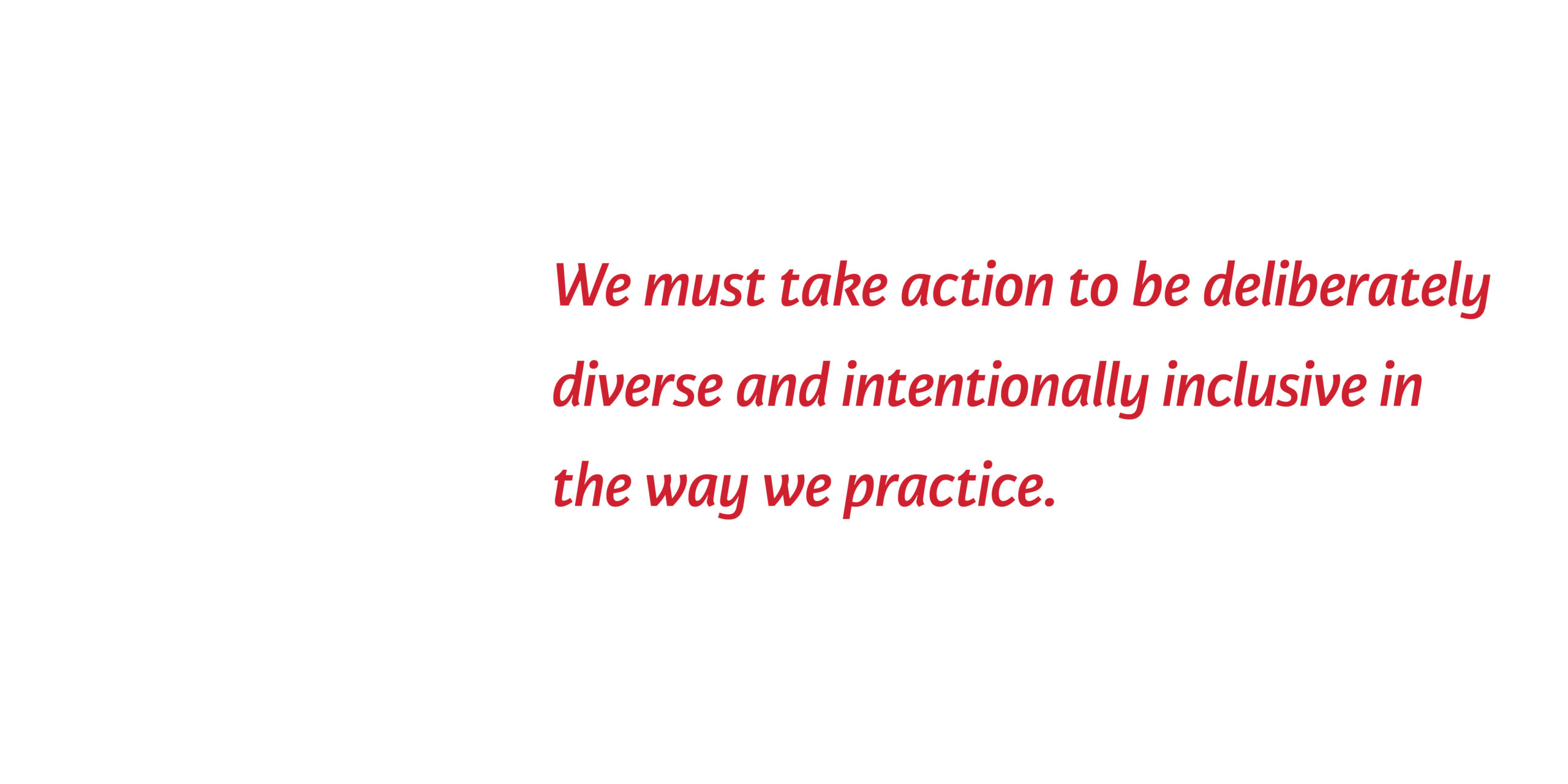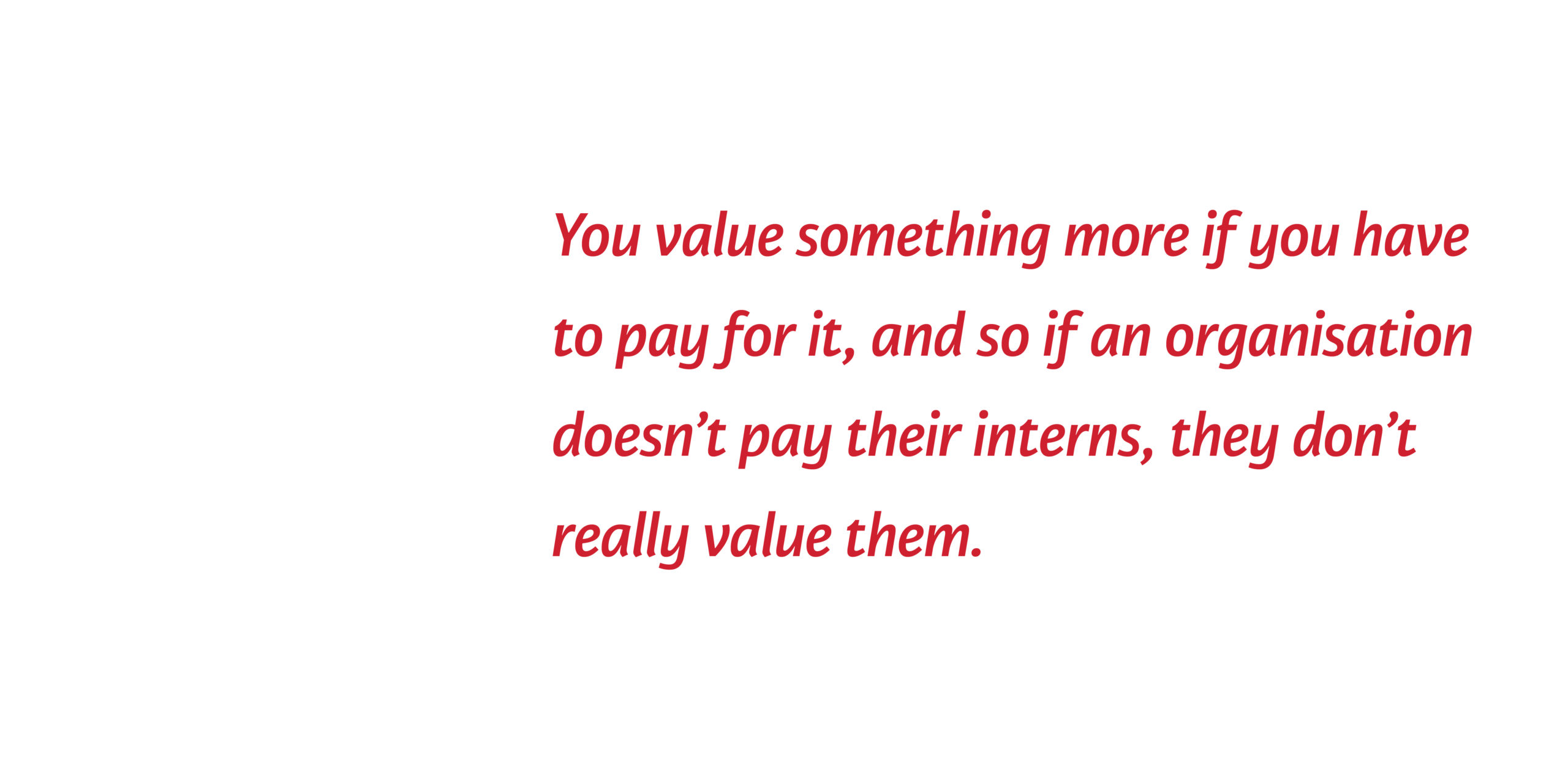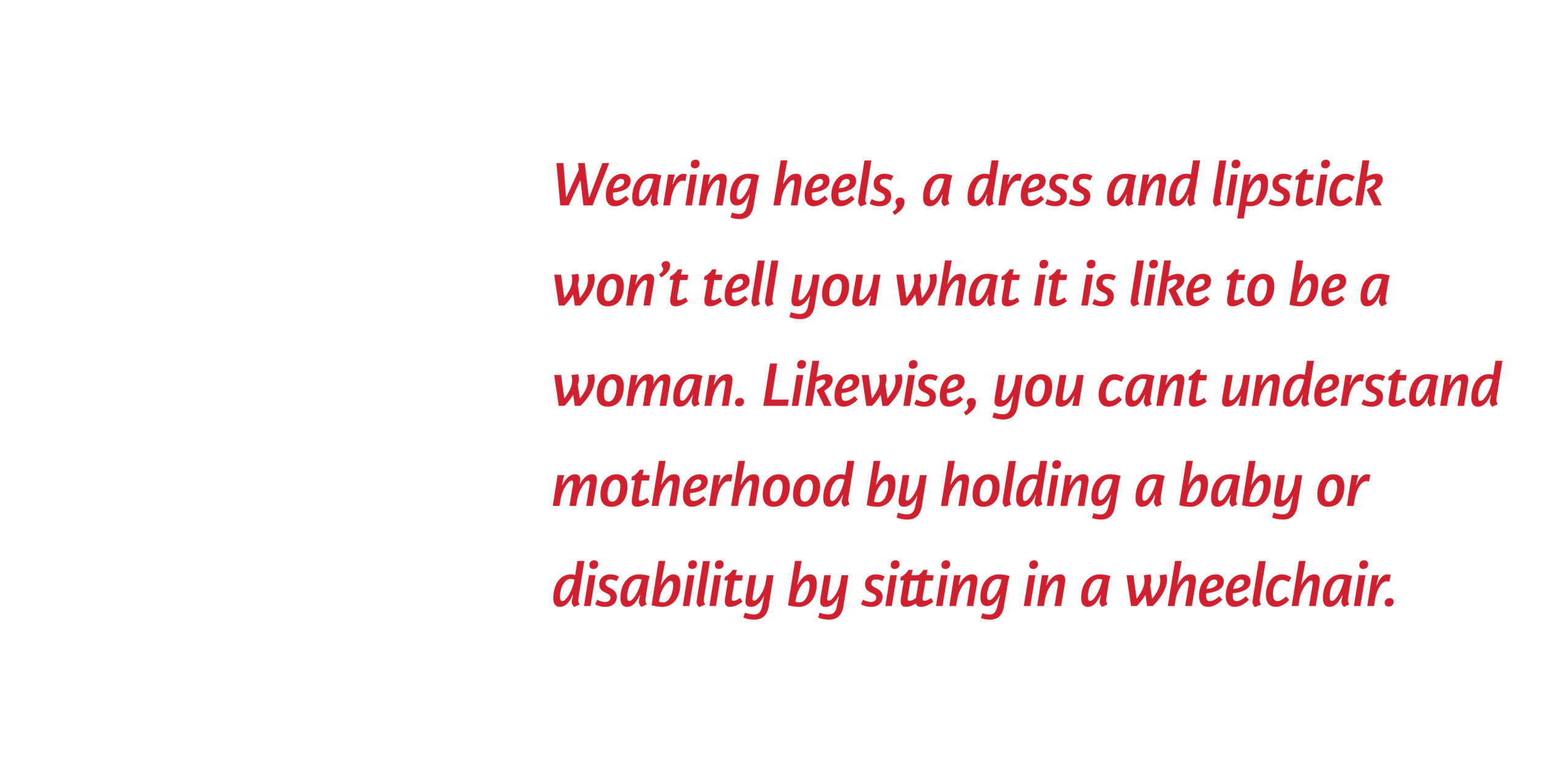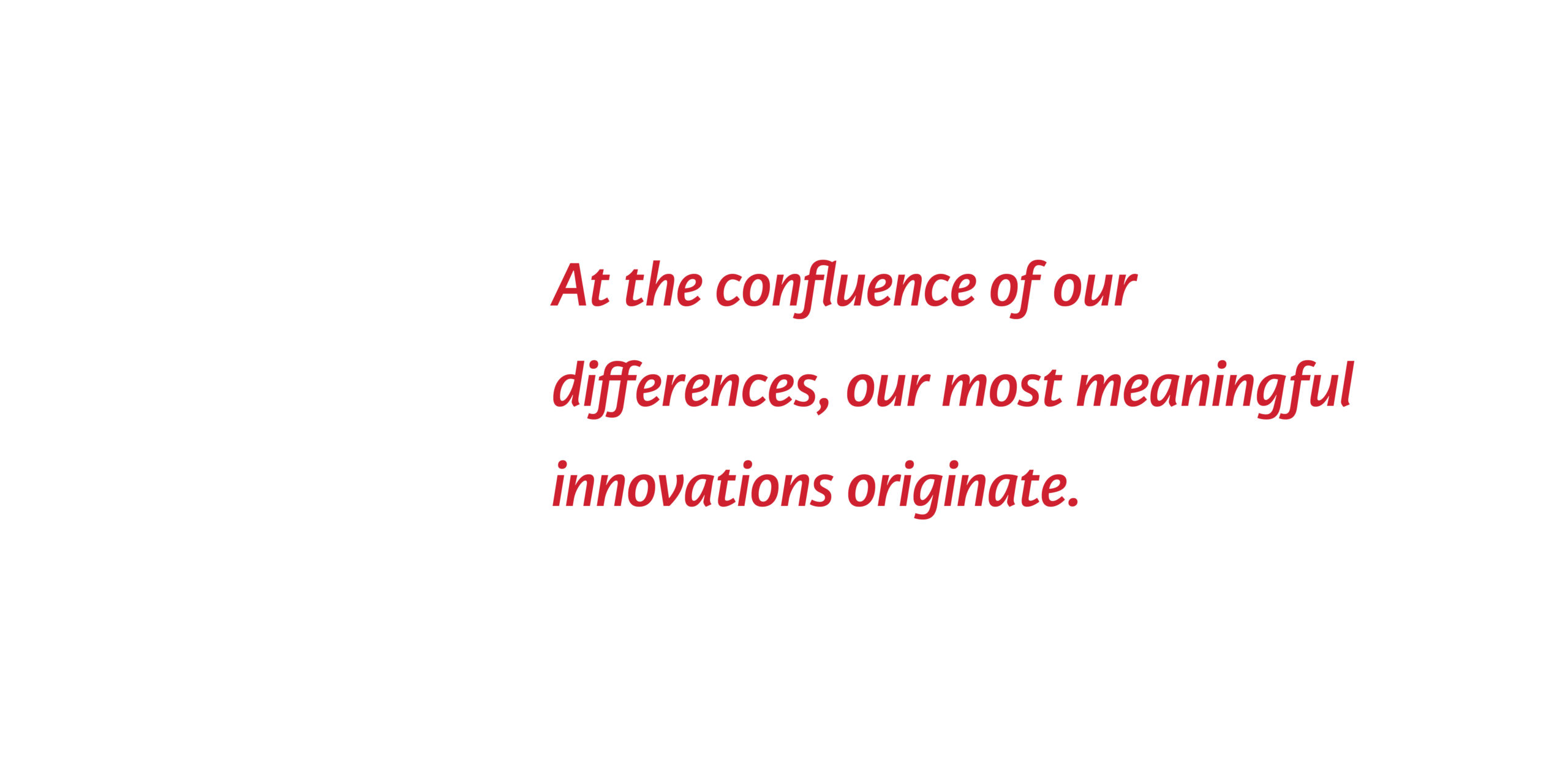Field Guide 2020: Towards Openness
This Field Guide article is part of a series of commissioned essays, interviews, podcasts and artworks to be published over 16 weeks on designassembly.org.nz and culminate in a downloadable PDF publication which will be distributed nationally.
We are incredibly grateful to Creative New Zealand who funded this 2020 Field Guide, which actively investigates, celebrates, nurtures and challenges current design thinking, methodology and practitioners in the Aotearoa design community.
The project is “a multidisciplinary exploration of New Zealand’s post-COVID design practice”. It is produced by five authors, six illustrators, with art direction, design, editorial, publishing and production support from the Design Assembly team & RUN Agency.

Supported by Creative New Zealand
The artwork to accompany this article is by Carol Green a freelance illustrator who creates a range of work – from posters and communication-assistance resources, to live sketching and illustrations for storytelling.
Reform Required.
This essay completes four intimately linked articles in the 2020 Field Guide;
- The first examined COVID’s impact on Aotearoa design.
- The second contrast our situation with our peers overseas to identify opportunities.
- The third outlined your hopes for the future of Aotearoa design practice, underpinned by key themes of togetherness, determination and kindness.
- This final instalment explores the idea of “creating room” to move from where we are today – towards your reimagined tomorrow.
In 2019 I designed a poster for Designers Speak up Present Tense : Wāhine Toi Aotearoa. It was called “Reform Required” in the artist statement, I wrote “If we stop placing people in rigid silos of gender, faith and ethnicity, we create more room for everyone to succeed and change our community for the better. No greater than or less than, we stand diverse yet united together.” The artwork was about achieving equity in small actions and removing barriers.
Expanding our territory and creating room seems more critical today than ever before. The pandemic response has been physically demanding, mentally exhausting and disruptive to the economy and the way we work; we are all adapting to change and facing challenges. We are all in this together BUT reading back on the COVID impact survey results & interview responses; there was a divide in Aotearoa Design.
Some of you are fatigued, while others flourish. Some are uncertain and stressed about the future while others are confidently forging new paths forward. Many of us are experiencing drops in income, while others are servicing booming sectors and experiencing growth. Some of you feel creatively paralysed, while others are energised and inspired.
Collectively Aotearoa Design identified diversity and inclusion as being critical in the future you aspire to. So I started wondering how the distance between us, the differences in our circumstances and experiences could foster inclusion.
Practice with Purpose.
Aotearoa design identified our ambitions for collective advancement – but our hope alone is not enough to affect change. “We need to challenge accepted modes and studio structures established in a different time and context.” We must take action to be deliberately diverse and intentionally inclusive in the way we practice. We must create new methodology, new teams, new opportunities based on our values and course-correct whenever our processes don’t feel equitable or inclusive. Desna Whaanga-Schollum tells us: “Every design challenge that we face is an opportunity to practice our values.” Here the ‘gap’ allows space to reflect and room to manoeuvre – being mindful and intentional in each of our actions as we work toward change.

Responsibility, Management & Modeling in Studios.
Alister Coyne Design Director at Auror recommends working for “companies that lead with diversity. Find out who their leadership team is – are you represented? If not, are they an Ally?” Good workplace culture starts with good leaders; who listen, who are respectful, and who recruit and structure teams where diversity is normalised and not tokenistic. The best leaders foster inclusion, set healthy boundaries while working to remove barriers for participation. Alister suggests we ensure all work environments “are safe to share ideas, thoughts and opinions for everyone, regardless of their background, disability or orientation.” Here the ‘divide’ allows those in leadership roles to nurture others growth.DA founder Louise Kellerman says “We are strongest when we work with the people at the back and move forward with them, supporting them from behind and cheering them on.” This approach works toward closing the distance between us by enabling everyone to advance.
The actions we must take.
Lee Parkinson, Strategic Director, Strategy Creative tells us “Moving forward, the creative industries need to come down from their ivory towers and realise that they are not ‘magicians’, instead they are creative problem solvers. The best creative problem solvers will view virtually all of those problems to be solved through the three lenses of economic, environmental and social sustainability, and then, in collaboration with others, create/design the appropriate solution.”
Designing for inclusion begins with recognising exclusion. Alister Coyne urges Aoteroa design to “Look for opportunities to remove adversity in your work” Auror removed ethnicity in crime reporting “because not only was it useless, it manifested bias that wasn’t remotely helpful to anyone.”

Connectedness and respect.
Desna Whaanga-Schollum notes; “As designers, we need to think in a more connected way, a whakapapa matrix which locates our work within people, place and planet. Our work is always contributing-to, sustaining, or taking-away-from. With the energy, we invest in our creative processes, have we ignited positive energy within others? Have we considered our work in terms of acts of reciprocity and respect?”
Removing Barriers for entry.
To attract and recruit talent from more diverse backgrounds, we must look critically at the systems and pathways that lead to industry, examining biases and discussing privilege. We must educate ourselves about political, social, cultural and economic issues that affect those who have different lived experiences than our own. Lee Parkinson says “The practice of organisations offering ‘low-to-no pay’ internships is in my words, despicable and this practice rarely works for either party. Let’s face it, as a general rule, you value something more if you have to pay for it, and so if an organisation doesn’t pay their interns, they don’t really value them.” Lee goes onto say low-to-no pay remuneration fails the ‘inclusivity hurdle’. “This hurdle is created by economic disadvantage, in turn exacerbating cultural disadvantage, something that should be unacceptable in New Zealand, a supposedly bicultural society.’ Q: If you are running an intern program that pays little to nothing to the interns involved, then who will come along and apply for the internship? A: Any potential candidates who are from reasonably well-off, (often pakeha), middle-class families. Why? Because these more affluent families can afford to pay their children’s accommodation and living costs (especially if they are from out of town) while he, she, or they, is away from home getting work experience through their internship.”

Lee explains that we are all poorer for this obstacle to entry “Many young, gifted kids, brimming with potential, but coming from poorer families miss out because their families cannot afford to support them while they take up these internship offers. Result – many young Māori and Pacific Islands people miss out. The design agency/creative shop loses out because virtually all of their internship applicants are young, white and privileged, and if the agency goes on to offer a successful intern a permanent role, they merely add yet another young, white and privileged junior designer/creative to their studio. This provides little diversity of thought, experiences, or cultural understanding and empathy.”
Removing Barriers for retention.
11% of creative directors are female. Globally 22% of the design workforce is female, (Dezeen) in NZ we fair somewhat better with around 45% of practising designers identifying as female. (FigureNZ) However, 65% of Aotearoa design graduates are female. (FigureNZ) The further through our careers, we are, the more underrepresented women become. Alister Coyne suggests our businesses start to “Normalise flexible workplace practices – In particular for mothers balancing childcare and work needs” The COVID response has shown us how productive we can be from home while taking care of our families. We can implement more flexible office hours and work from home policies to address this issue and ensure our design teams retain our female talent.
As a female approaching 40 without children, I am not speaking from personal experience. Still, a significant number of women I know took steps backwards in their career after having children due to lack of workplace flexibility around the competing needs of their career and motherhood. This is a huge challenge for design; women make up 73% of consumer purchasing decisions, (UXDesign) and our design teams need to reflect the audiences we are designing for.
Holding a mirror.
An important part of the design process is understanding the user and what they need. Great design makes a product accessible and easy to use for its users. As we advance “it won’t be enough to design for some people, or even for most. The real challenge will be to design for all” (Co.Design) We must ensure we include diverse perspectives from individuals with lived experiences and varying expertise.
Design is a reflection of our society and an indicator of where we are as a culture. AUT’s Chief possibility officer Minnie Baragwanath has a powerful way to describe design’s empathy problem. “Wearing heels, a dress and lipstick won’t tell you what it is like to be a woman. Likewise, you cant understand motherhood by holding a baby or disability by sitting in a wheelchair.” We need women, mothers, mixed abilities, Pasifika, Māori, Asian, people from varying socioeconomic statuses different ages, and sexual orientations represented on our design teams, so our industry reflects our audience.

Empowering Equity…
Lee Parkinson discussed the key differences between Diversity, Inclusivity, Equality and Equity?‘Diversity’ is explained today as being the ‘key to enter the room’. That’s ok as far as it goes, but to move the dial in a positive, meaningful way, to make meaningful cultural change and practice, we need to practice ‘inclusivity’, as it is this that ‘grants a person a chair at the top table in the room’. In the same way, that diversity is being trumped by inclusivity, so equality is now beaten by equity. ‘Equality’ is a nice concept and served us reasonably well in the past, but in a more enlightened society, it is useful to remember that, Equality is about sameness; it focuses on making sure everyone gets the same thing. On the other hand, Equity is about fairness; it ensures that each person gets what they actually need.”
Disruption and distance is a catalyst for expansion and togetherness.
We must take action toward the change we want to see. Aotearoa Design are on different paths, have different life experiences; there is currently some distance between us. Some people are feeling left behind and vulnerable right now while they see others thrive. Nadine Chahine recently wrote an eloquent riff on openness that resonated with me; “if each of us pushes in a different direction, the result is a bigger space, richer and more diverse because of the variety of life paths and world views present.”
Making room.
At the confluence of our differences, our most meaningful innovations originate. The divide and difficulty we are experiencing can advance our practice and our people. The times we live in are challenging, but they do present opportunities for and space to make Aotearoa Design more open and inclusive. So let’s capitalise on the distance to do better for our community.





